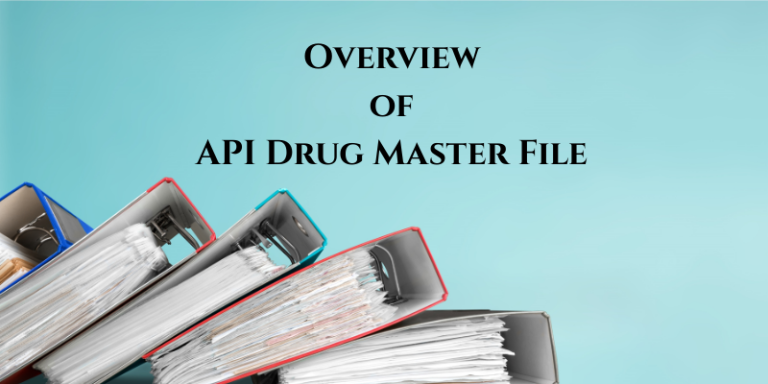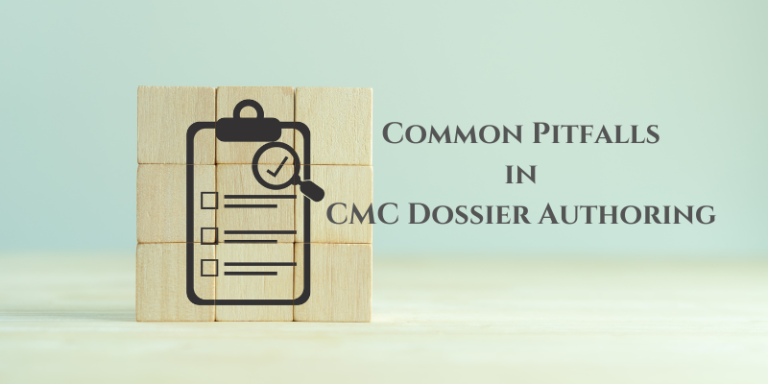Overview of API Drug Master File
A Drug Master File (DMF) is one of the essential documents submitted to regulatory authorities to support drug approvals. It contains detailed technical information about the Active Pharmaceutical Ingredient (API). Two Parts of API DMF Open Part (Applicant’s Part): Closed Part (Restricted Part): What is LOA? A Letter of Access (LOA) is a formal agreement…






